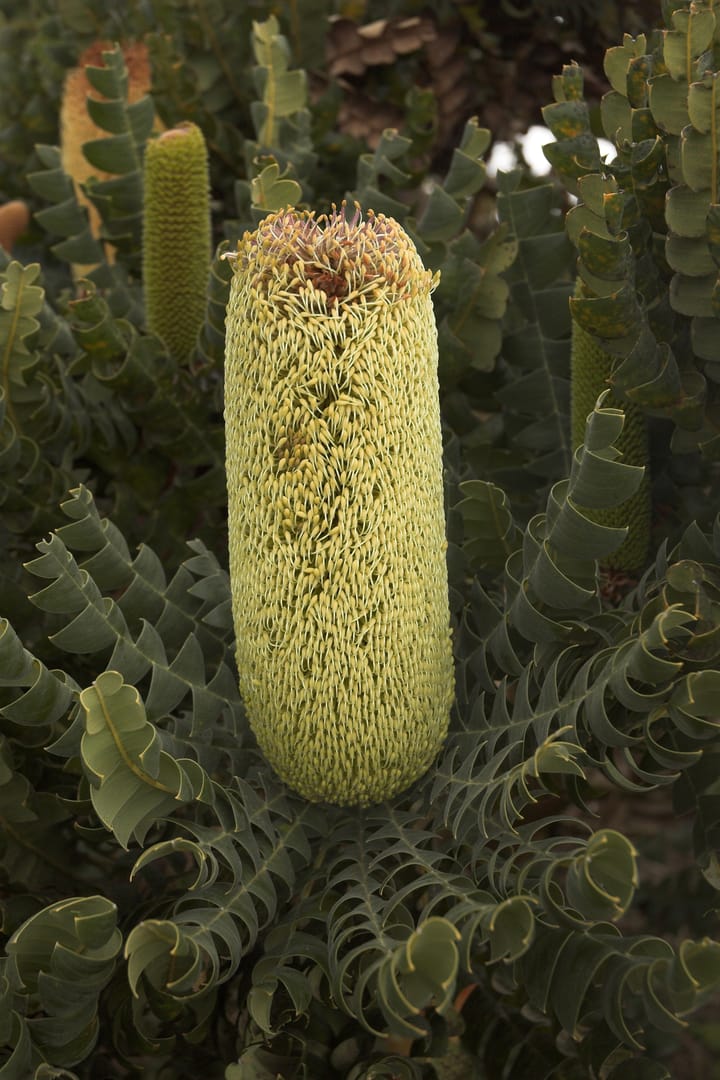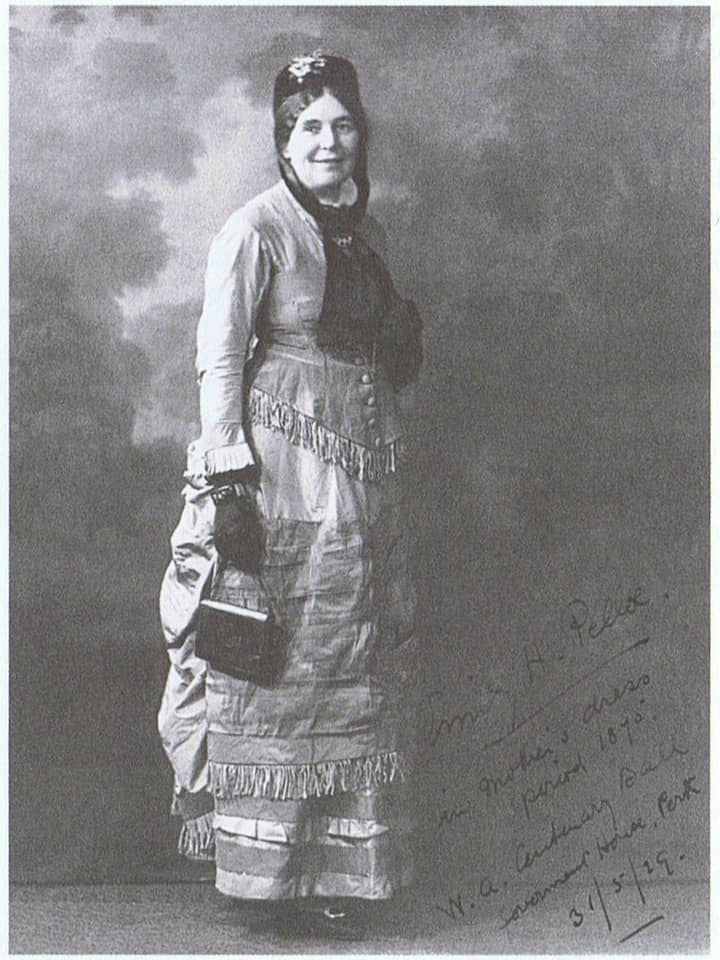Kambarang Bloomer
Bull Banksia
Banksia Grandis, commonly known as bull banksia or giant banksia, is a species of a common yet distinctive tree local to the southwest of Western Australia. The Nyungar people know the tree as beera, biara, boongura, gwangia, pira or peera.
Family: Proteaceae
Scientific Name: Banksia grandis
Nyungar Name: Poolgarla
Common Name: Bull Banksia
Taxonomy:
Banksia grandis was first formally described in 1798 by Carl Ludwig Willdenow in the fourth edition of the book Species Plantarum. The specific epithet (grandis) is a Latin word meaning "great", "large" or "tall".
In 1891, Otto Kuntze, in his Revisio Generum Plantarum, rejected the generic name Banksia L.f., on the grounds that the name Banksia had previously been published in 1776 as Banksia J.R.Forst & G.Forst, referring to the genus now known as Pimelea. Kuntze proposed Sirmuellera as an alternative, referring to this species as Sirmuellera grandis. This application of the principle of priority was largely ignored by Kuntze's contemporaries, and Banksia L.f. was formally conserved and Sirmuellera rejected in 1940.

Stunning displays of curious green-yellow flower heads and broad saw-toothed leaves on a large shrub are the key features of this Western Australian icon. It has a fire-resistant main stem with a thick bark, pinnatisect leaves with triangular side-lobes, prominent yellow-green flowers, and elliptical follicles like eyes on a large cone.

Its beautiful flowers are an important food source to nectar loving wildlife—birds and insects. It can grow anywhere from 5 to 10 metres in height, some plants can even grow up to 15 metres tall when conditions are just right.
It is also found in the form of a stunted, spreading shrub rather than a large or erect tree. Its trunks are short, stout and often crooked, with the rough grey bark characteristic of a banksia. The leaves are pinnatisect with between eight and twelve large triangular lobes on each side of the leaf. The leaves are shiny dark green on the upper surface and softly-hairy underneath. The flowers are borne in a spike with hairy involucre bracts at the base of the head. The flowers are yellow-green with cream-coloured styles. The old flowers fall early and the follicles usually open as they mature. Flowering occurs from October to January.

Banksia nectar, often referred to as ‘honey,’ was traditionally consumed by Nyungar people as a delicacy. It was commonly known as mangite or mangitch, mangyt, mungitj, mangaat, moncat, mangaitch, mungyt or nguk (ngok or ngook). Birds and other animals were often used as indicators to detect when the flowers were ripe and fit for consumption.
It makes a great feature shrub or small tree and is especially well-suited to coastal conditions. It is slow to flower, but worth growing for the beautiful foliage. It is a low maintenance plant that doesn’t like excessive humidity, is drought tolerant once established, and prefers well drained sandy or laterite soils. Bull Banksia will cope with light frost. And like all banksias, it is phosphorus sensitive, so a good native fertiliser is best when it comes to feeding time.
Emily Pelloe
3 May 1878 – 15 April 1941.
Emily Pelloe was a botanical illustrator, and author of books, of the flowering plants of Western Australia. Her work in watercolour, extensive illustrations, and descriptions were included in a number of publications on the flora of the State—the first person to popularise WA’s wildflowers.
She was an enthusiastic horsewoman and a talented artist who used to ride out into the bush, carrying lunch and her painting gear, until she found a suitably floriferous spot to settle down to painting. But she complained that her horse, Snowdrop, was prone to eating the flowers before she got around to sketching them! She wrote two books, one on WA flora generally (1921) and another devoted to orchids. She also contributed the chapter on “Flora” to the WA Centenary book in which she trumpeted the plight of wheatbelt flora subjected to indiscriminate agricultural clearing.
She was an early member of the WA Naturalists’ Club (founded 1924) and immensely influential in her time. Emily Pelloe died of a heart attack in 1941 while riding in the bush. Her husband gave more than 400 of her paintings and sketches to the University of WA to be held in trust for a future Women’s College. When St Catherine’s College was built, the collection was classified botanically, bound in four volumes and placed in the care of the university’s curator of pictures.
"She was a keen horsewoman, and she and her horse were a familiar sight in and around Perth. She donated, and is memorialized, in the Emily Pelloe Prize for best equestrian turnout at the Perth Royal Show."


0 comments on “Flora in Focus – Bull Banksia”